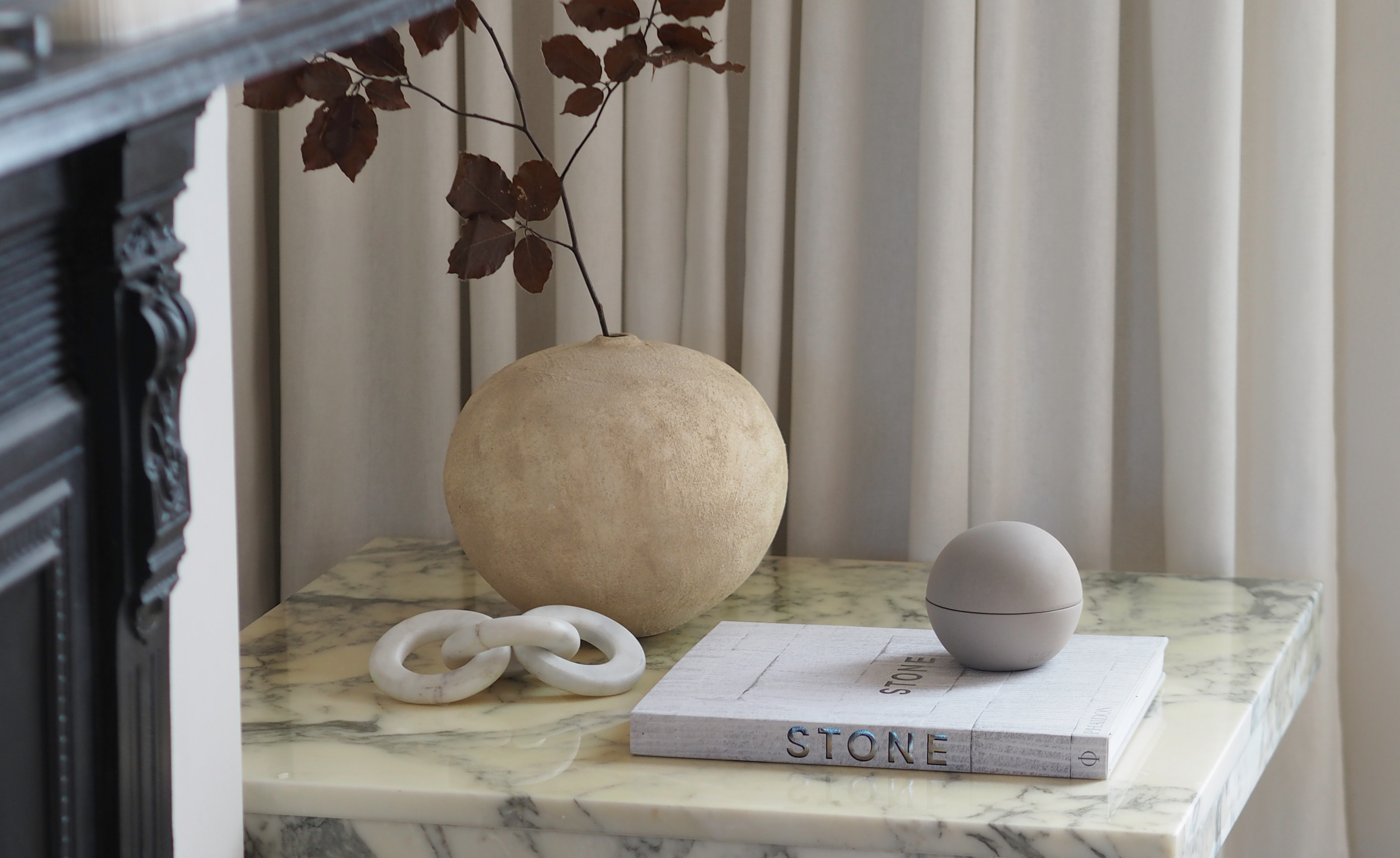I use this simple trick with rice when styling a vase – it'll make arranging your stems a million times easier
To make it easier to style dried or preserved flowers and branches, it only takes one ingredient – and it's a staple of your pantry


If you're anything like me, there are probably a few things you do around your home that you don't think twice about, but that someone else might think sound a little strange. With that in mind, when someone recently asked me if I had an interior design or styling trick I use all the time in my own home, it was hard to think of – most of them have become second nature to me now.
However, my partner kindly (and quickly) reminded me of some of the odd things they find about the house to help me along – probably the most unusual, he thinks, is that you'll find most of the vases in our house filled with a certain foodstuff more usually found in a pantry than in a living room.
So why, exactly, do I fill my vases with dried rice? Well, I have a good reason, as well as some alternatives if the idea doesn't quite appeal to you.

This is why I put rice in my vases
To start off, I have to explain that my home is usually filled with either dried or (more and more) preserved flowers, foliage and branches. It's a flower trend I'm totally on board with, but it's also important to state that this trick isn't going to work with any foliage that needs to be placed in water.
The reason I'll often fill a vase with dried rice is to make arranging stems easier, no matter what shape or style of vase you have to work with. Branches are a particularly on-trend vase filler right now, but as you can see below, they're often top heavy, so can be tricky to make sit perfectly. The hours I've lost in trying to make a branch sit in a vase perfectly might explain why it's something that bothers me so much.
A post shared by LUKE ARTHUR WELLS (@lukearthurwells)
A photo posted by on
Filling a vase with rice offers your stems some purchase, meaning you don't have to rely on where the stem sits against the vessel as to how it's going to prop itself up. I've found it's also a life-saver when you've got a vase with a rather more unusual shape - I'm talking about styles like H&M Home's doughnut vase (which is now pretty iconic right?) Using rice in this vase was the only way I could realistically get my stems to sit how they want given the fact there's a hole directly in the center of the vase itself.
Rice is my go-to not only because it's something I always have in the house, but because it works for vases with really narrowing openings too. These are the styles of vases I'm really enjoying right now.
The Livingetc newsletters are your inside source for what’s shaping interiors now - and what’s next. Discover trend forecasts, smart style ideas, and curated shopping inspiration that brings design to life. Subscribe today and stay ahead of the curve.
What are the alternatives?
Of course, it's not a foolproof method. As I said, dried rice is handy because it's usually well-stocked in my pantry, but you might not want to use it long term in your vases. We all know that even in our pantries, it's possible to get rice weevils - and while I've never had that issue, there are some alternatives you could use.
For vases with small openings, ceramic baking beads may do the job, or even something like ball bearings which have a slippier surface.
In larger vases where an opening isn't an issue, I'll often cut a wedge of dry floral foam to give me a little more control over where stems are placed, while a flower frog is perhaps my favorite florist tool for getting stems at the perfect angle, however it can damage your stems which is less than ideal for dried and preserved foliage you want to keep to use again and again.

Luke Arthur Wells is a freelance design writer, award-winning interiors blogger and stylist, known for neutral, textural spaces with a luxury twist. He's worked with some of the UK's top design brands, counting the likes of Tom Dixon Studio as regular collaborators and his work has been featured in print and online in publications ranging from Domino Magazine to The Sunday Times. He's a hands-on type of interiors expert too, contributing practical renovation advice and DIY tutorials to a number of magazines, as well as to his own readers and followers via his blog and social media. He might currently be renovating a small Victorian house in England, but he dreams of light, spacious, neutral homes on the West Coast.